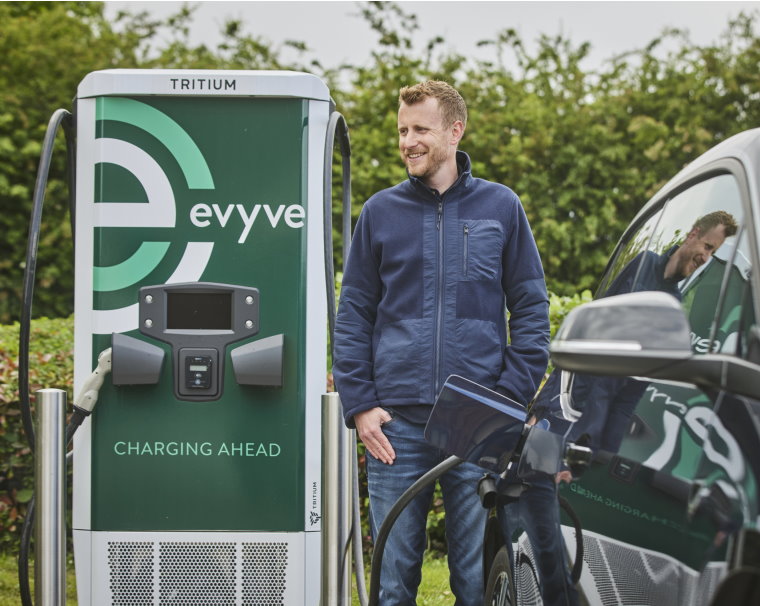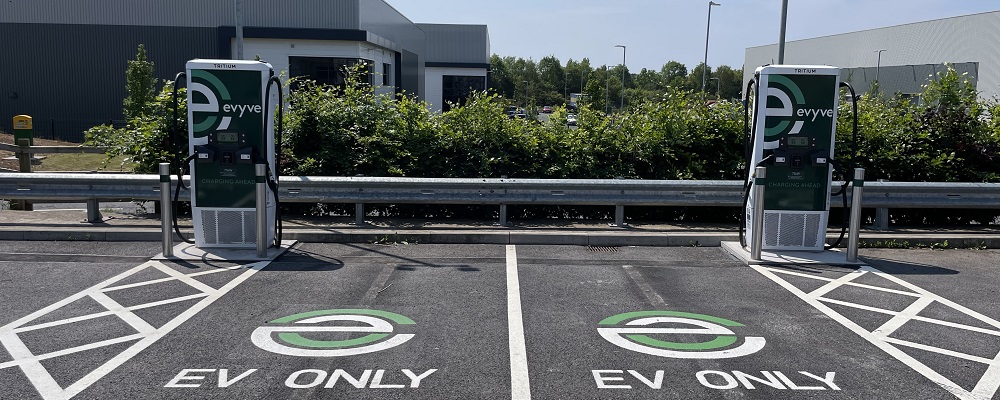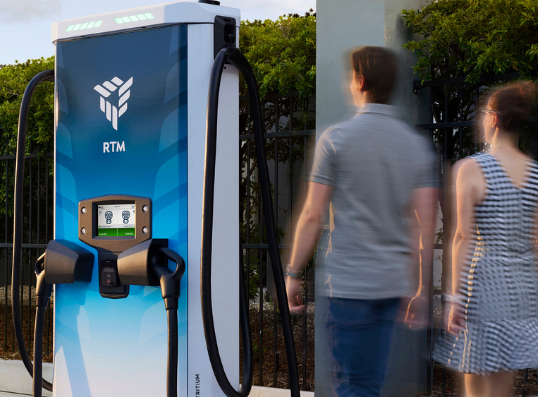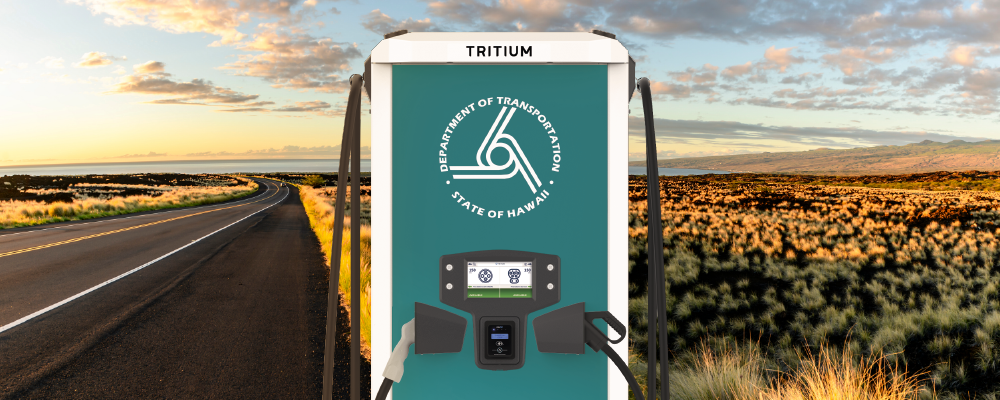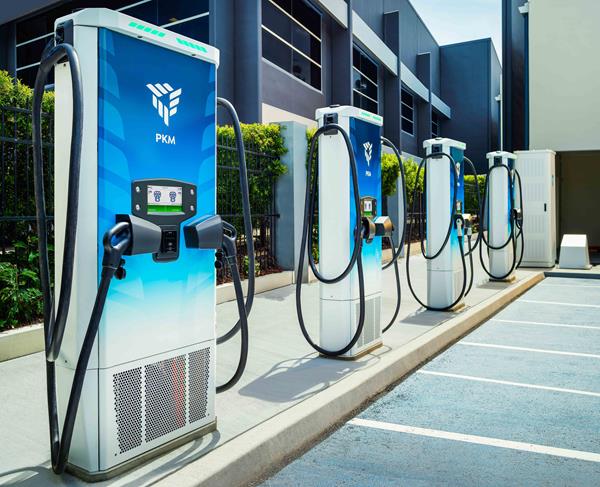
Nearly 20% of the 100,000 light vehicles sold in 2022 in New Zealand were battery electric, and the country is on its way to achieving its 2050 net-zero emissions reduction goals. However, as of December 2022, there were only approximately 350 public charging stations in the country, or just one charging station for every 200 EVs.
To address this gap, the New Zealand government has plans to expand on its initial vision for nationwide coverage of DC fast chargers every 75 kilometres along state highways. As part of this investment, the government is prioritising high-powered public charging hubs to match the rapidly growing number and increased requirements of electric vehicles and their drivers.
Jump Charging, a new Tritium distributor and service partner for New Zealand, is developing its network with Tritium fast chargers at its core and is planning to implement an initial 20 fast charging hubs at key locations followed by the rapid deployment of further sites nationwide.
In addition to expanding its network, Jump Charging is creating innovative solutions to solve charging demand issues. The company has created a portable, skid-mounted unit that is designed to be used with Tritium’s 75kW award-winning modular fast charger. It enables swift deployment in service locations experiencing increases in EV charging demand due to seasonality, specialist events, construction projects, or emergency situations.
Adding to its flexibility, the design enables connection to either a standard 400V system or alternatively a high voltage 11kV supply through the inclusion of an onboard transformer.



